Choosing between buying, building or renting
1. Building a new home.
Building a sustainable and energy efficient house is not necessarily more expensive than building a house simply to meet provincial building codes. Many new home starts have achieved far superior performance while still coming in the same or lower in cost than conventionally built homes.
It all comes down to design, and material choices. While it can be done at par or lower, that isn't always the case. On average, high performance homes seem to cost between 5 and 15% more. But when you factor in reduced energy costs, payback on that additional investment might be 10 or 15 years, after which you will see a net savings. Not to mention a final product that will be far more durable and have greater resale value.
If you plan to build a healthy, high performance home, the best investment you can make is taking the time to do your research. This is a growth industry, so products and techniques change rapidly. Due to market demand, green building products are continually becoming easier to find, and quickly dropping in price.
2. Renovating
If you have either the skills to do it yourself or the patience to live in a mess for a bit, this can be a more affordable way to break into the housing market. You can increase the value of your home while at the same time reducing its operating costs.
Be sure to have a home properly inspected before purchase so you aren’t buying a nightmare, and see about getting a prioritized list from a home inspector so you know which issues need immediate attention, which ones are important but can wait, and which ones are simply cosmetic.
If your available funds are limited, make sure any upgrades you make deal with the durability issues first — roof, basement humidity, etc.
Keep in mind that most homes from the early 70’s and older have lead paint in the walls so if you’re gutting it at all wear a good respirator. Lead paint by the way, once painted over with lead-free paint, is generally harmless. It’s only in renovating that you need to be concerned.
By this point older homes with lead paint have likely had a few coats on them, so it is relatively well sealed inside. Just don’t let your kids chew on the walls and you should be fine.
3. Renting
It’s quite feasible to enjoy green living in a rented house or apartment: Install low flow fixtures in the kitchen and bathroom; good thick curtains are very effective in reducing heat loss; install electronic thermostats to reduce heat consumption, and use zero VOC paints.
You can also install LED or compact fluorescent bulbs, caulk and foam any gaps, and cover your windows with plastic in winter. These upgrades don’t necessarily have to cost you a lot, you could also consider talking to the landlord about footing the bill for material costs. More and more people are inquiring about utility costs when renting, so making these upgrades increases the value of the property and makes it easier to rent when you leave.
These are affordable solutions that will help to reduce your bills and the ecological footprint of your home.
Renovation tax credits and financial incentives:
First speak with your bank and find out what funds you have available. Many banks offer incentives for including sustainable green components in your project like installing Energy Star windows, doors and appliances. Along with those incentives, efficient appliances usually save more over their lifetimes than the added cost and will also save you money monthly, so it’s a win-win situation.
Check with your local municipality for any tax credits as well, some cities offer tax relief for LEED certified homes. Look into provincial grants as well, and ask your insurance company about discount rates for a healthier, ecologically responsible home. The Cooperators insurance company offers discount rates for LEED homes, they are the only one we've heard of so far.
If you've heard of tax breaks or other incentive programs in your region that aren't listed here, please drop us a comment below.







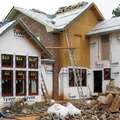


















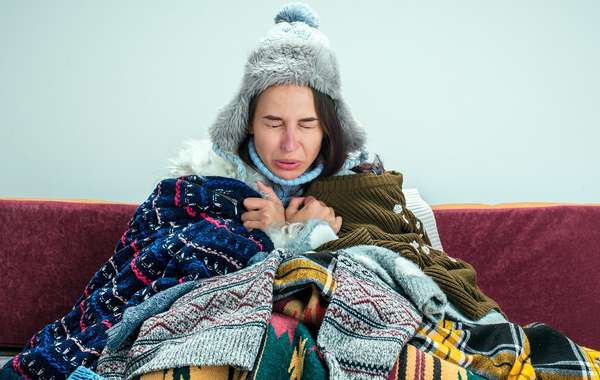

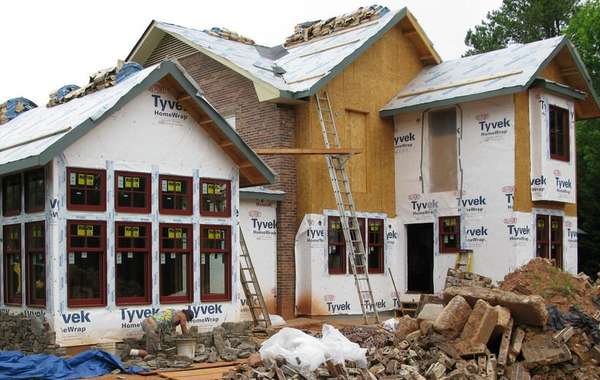
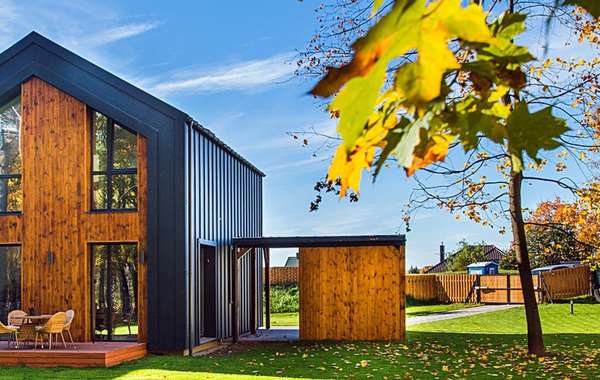
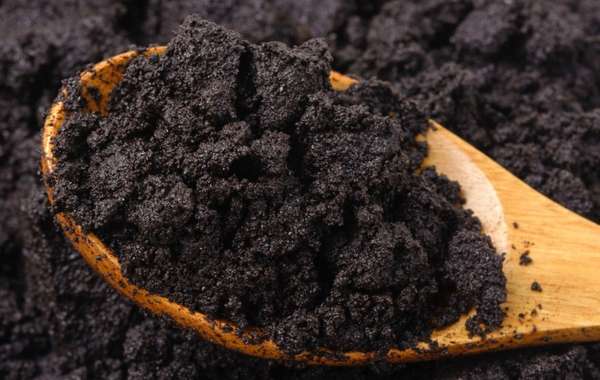
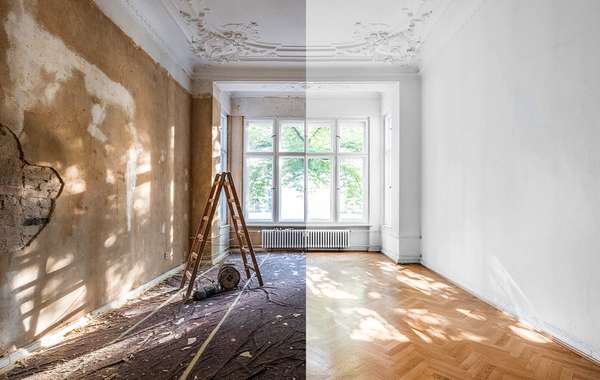
Comments (0)
Sign Up to Comment